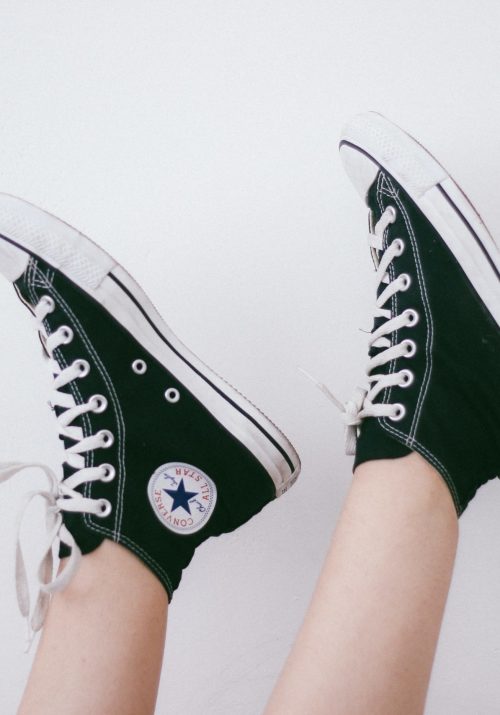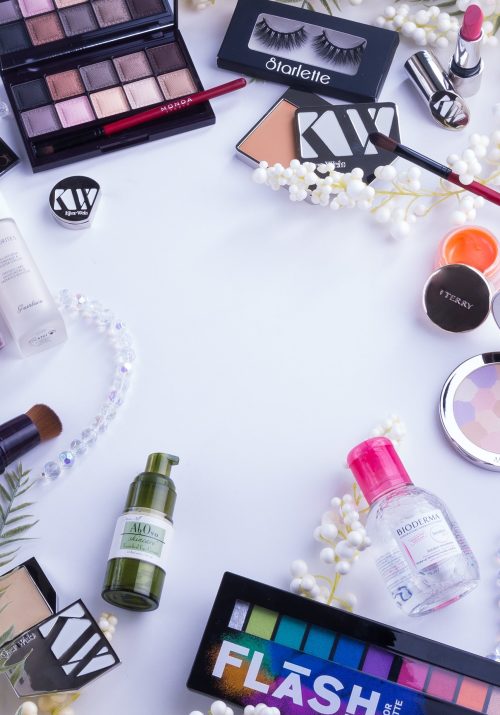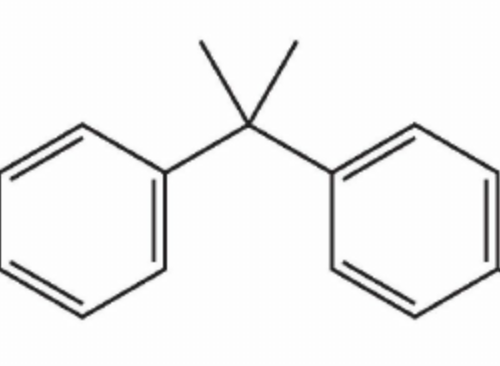Introducing to you Melissa – Founder of Create Your Ripple and also a fellow mama!
Sunscreen 101
If you’ve shopped for sunscreen lately, you’ve probably felt the overwhelm around which to choose. This will help you understand the differences, feel empowered with how to research and have a few go to safe brands.
Let’s start by understanding the difference between the two types of UV protection: chemical and physical sunscreens.
Chemical Sunscreens have ingredients that penetrate the top layers of the skin to absorb UV rays. Most sunscreens on the market contain chemical sunscreen ingredients like avobenzone, oxybenzone or octocrylene. They are popular because they provide easy, transparent blendability into the skin and even the FDA doesn’t think chemical sunscreen are safe to use! “The agency said 12 other chemicals commonly used in sunscreens need more research to determine if they can be officially listed as safe, including oxybenzone and octinoxate.” They are also known to damage the environment, specifically coral reefs!!
According to the Environmental Working Group “New sunscreen tests from the FDA show that with just a single application at the beach or pool, six commonly used chemical active ingredients were absorbed into the body and continued to be absorbed through the skin for days or longer. What is most alarming about these findings is that chemicals are being absorbed in significant amounts and have not been adequately tested for safety. The FDA proposed that all spray and powdered sunscreens be tested to ensure they cannot be inhaled deep into the lungs, where they could do irreversible damage.”
Physical sunscreens consist of mineral sunscreen ingredients which form a barrier on the surface of the skin that reflect UV rays away from the skin. They begin working immediately upon application and are great for people with sensitive skin. Look for non-nano zinc or titanium dioxide which won’t absorb into your bloodstream or damage coral reefs! These are the only ingredients I recommend using.
What SPF do you need: SPF 30: which blocks 97% of UV rays.
My favorite tool to decipher the safety of my products – a free app called Health Living! This app rates products and individual ingredients on a scale of 1-10 (10 being the MOST toxic). I aim to use products that rate no higher than a 3 by the EWG, which ensures minimal health risk to me and my family.
When you scan or search for a product, here’s what you might see:
My top 3 favorite brands:
To learn more about Melissa, be sure to follow her @therippleconnection on IG!



Leave a Reply